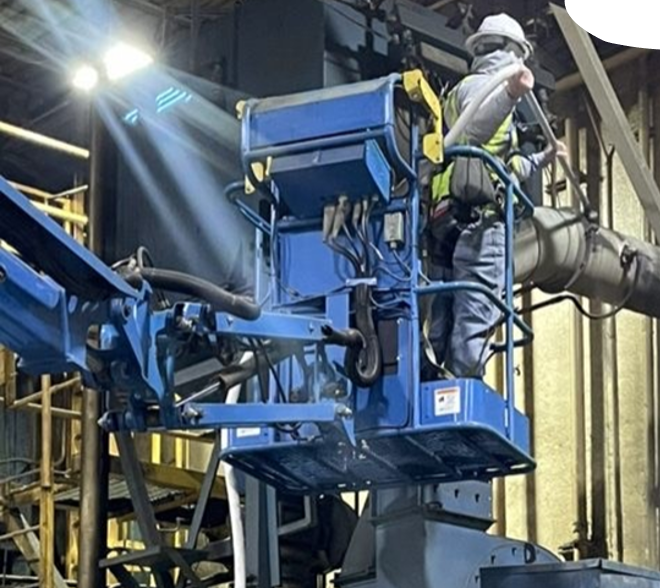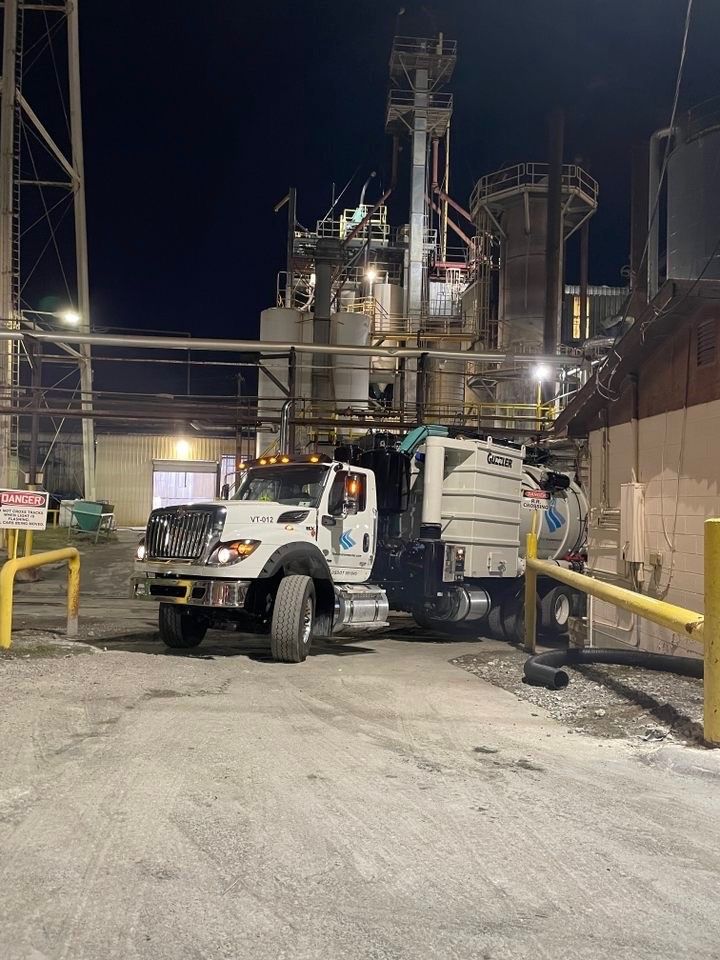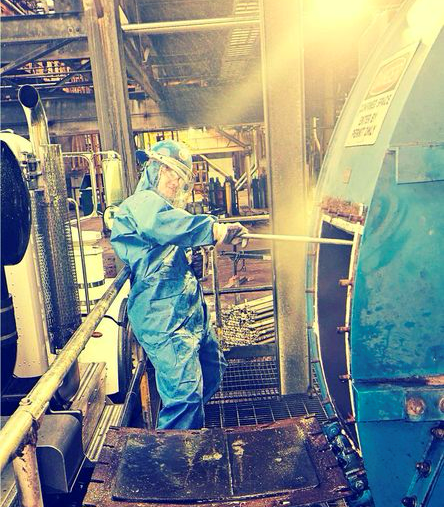All About Tank Cleaning Services
Tank Cleaning Services
Our clients turn to us when they need a solution. Within a vast number of chemical and manufacturing industries, this can be a broad category Considering tanks (also called reactors, vessels, tanks, totes, railcars, and compartments…) can be in every industry, of every size, of various compositions, and with multiple components, having the ability to discern the right approach is critical.
Customers need tanks cleaned for various reasons, including the best use of the tank, creating more available capacity (removing solids build-up), preparing for tank inspections, contamination or product issues, and other causes.
These tanks can contain hazardous chemicals, resins, oils, water, sediment, paint, fibers, food materials, and powders; you name it. Applying the right approach to tank cleaning will be based on several factors. First, the material for removal: liquid, solid, or sludge. Hazardous, non-hazardous, safety considerations, time constraints, disposal/recycling/transferring (the client wants to keep the material).
Also, the definition of clean. “How clean is clean?” is a common expression, and it differs from client to client, project to project. Here are a few examples:
- Material removal only
- Remove material, pressure wash interior
- Remove material, hot water pressure wash (for certain chemicals, oils to be sure)
- Remove material, water blast at 10K, 20K PSI for a certain level of clean
- Removal of solids (vacuum if flowable, chiseled/hammered for hardened solids, etc)
Using different water pressure levels for cleaning is based on the efficacy of removing material and the tank’s integrity. A 10K or 20K PSI water-blaster will cut through fiberglass or plastic tanks. Consideration of the tank composition is another component of choosing the right tool.
Safety
To minimize risk, tanks can be cleaned remotely using automated tools such as 2D or 3D tools that can be lowered into the tank for water-blasting efficiency without entry. Also, tank cleaning can be done with poles/wands to stay outside the tank where access allows this, or a point of entry would prohibit entry. This approach works for some tanks, but unfortunately, not all. Many tanks contain baffles or coils for either flow or heating. These are difficult to clean around/behind if using automated tools or external cleaning. Utility hole access can also influence whether this is a good approach.
If a remote approach is not feasible, a confined space entry is required. This means the cleaning will be done from inside the tank. There are numerous safety requirements to do this, and only fully-trained personnel can perform this type of work. See last month’s blog for more details on confined space entry. Other safety considerations include working at heights, scaffolding (both interior and exterior), slips/trips/falls, lifting/turning (especially if bucket removal is required), atmospheric and chemical considerations, access entry (utility hole size, location), and other hazards that are anticipated in drawing up a confined space entry permit.
Disposal
The material that remains in the tank before cleaning, as mentioned above, requires action. Whether disposal or not, removing the material can be accomplished by vacuum (this can apply to all types of materials), by hand, or by gravity. Each method has additional considerations, such as where to store the material. For vacuum removal, either vacuum boxes or frac tanks are standard for larger volumes. Totes or drums may apply to smaller books. When using a pressure washer or water-blaster, it is essential to recognize the flow and volume of water generated as it will influence the resulting amount of material. Depending on flammable vapors, vacuum services may require a liquid-ring vacuum truck.
Summary
When evaluating and performing such cleaning projects, it is valuable to have experience in scoping and understanding what clients need—then making it happen with quality, efficiency, and safety.
First Environmental uses vacuum trucks, water blasters (PW, hot water PW, 10K, 20K), line lances, air chisels, air hammers, and hard work to address these specific areas of attention within various tank cleaning settings.
Our teams have real-world experience with cleaning each of the above and solving our customers’ most challenging problems.
Our mission: Exist for our Customers by Fixing Their Problems and Making Them Happy.
Our goal: To be the most desired industrial cleaning service.
To schedule a cleaning service or to speak with a representative about other industrial cleaning services call First Environmental today.





